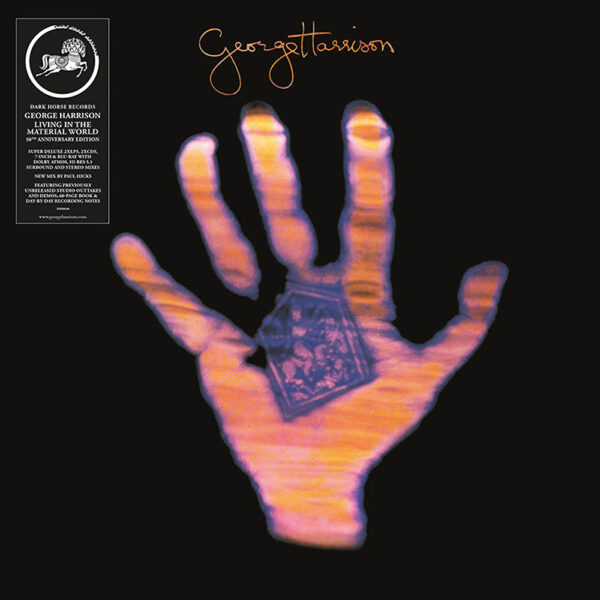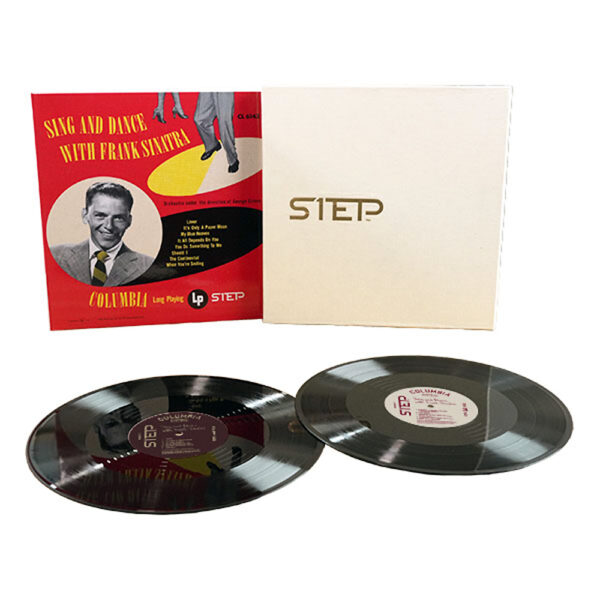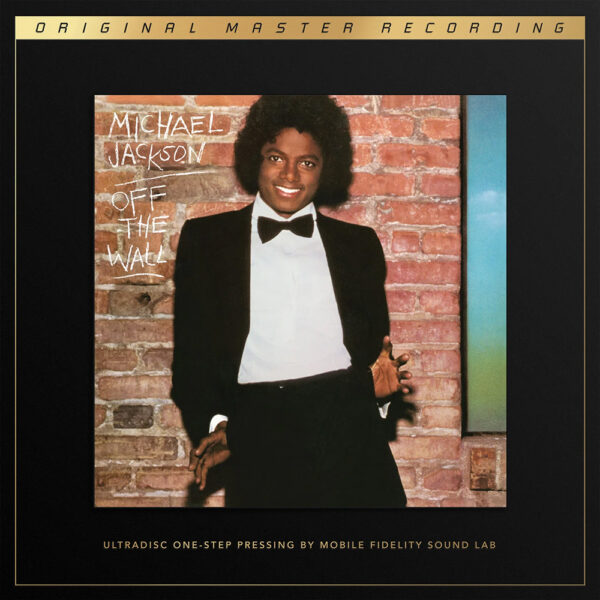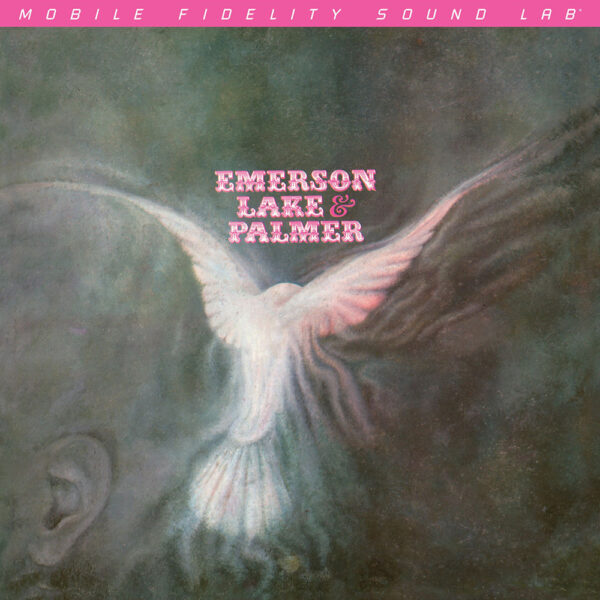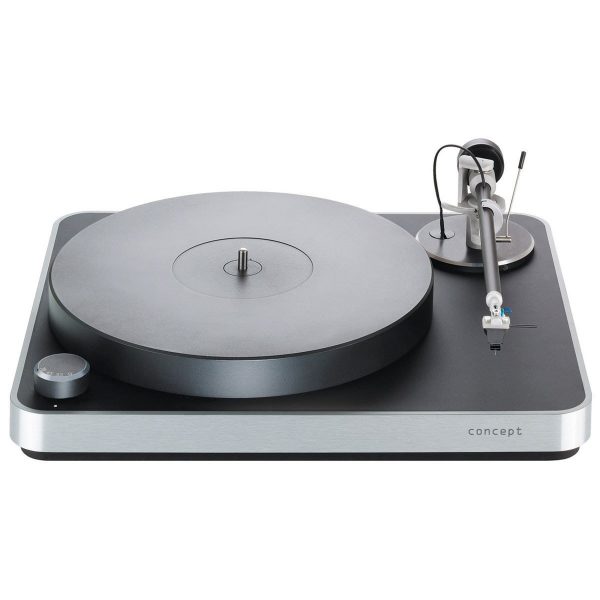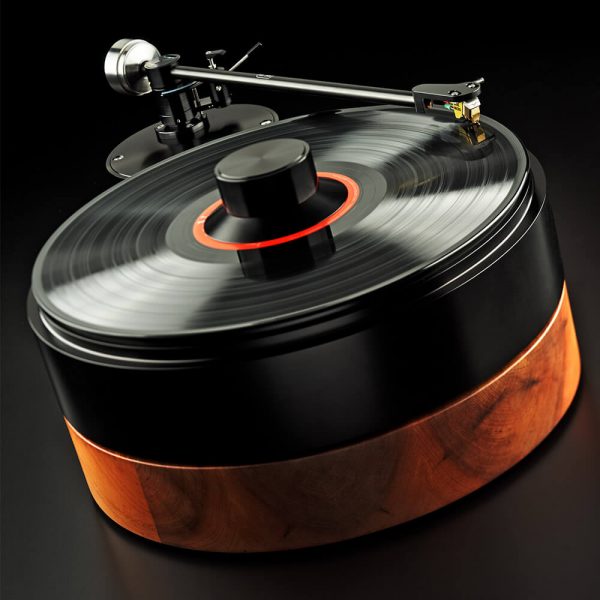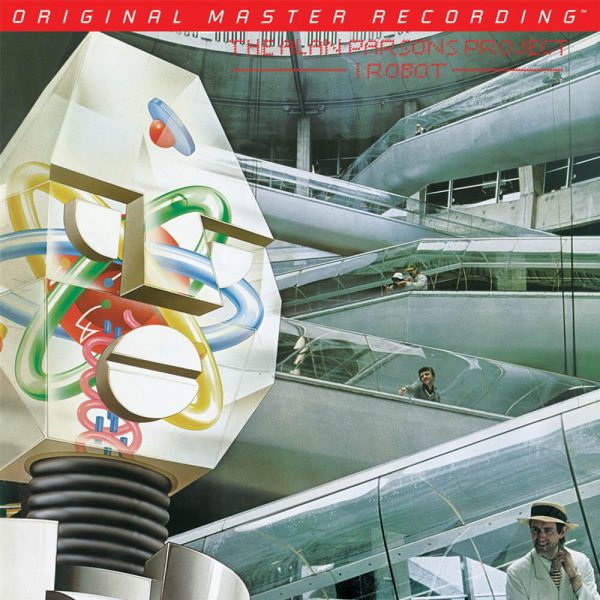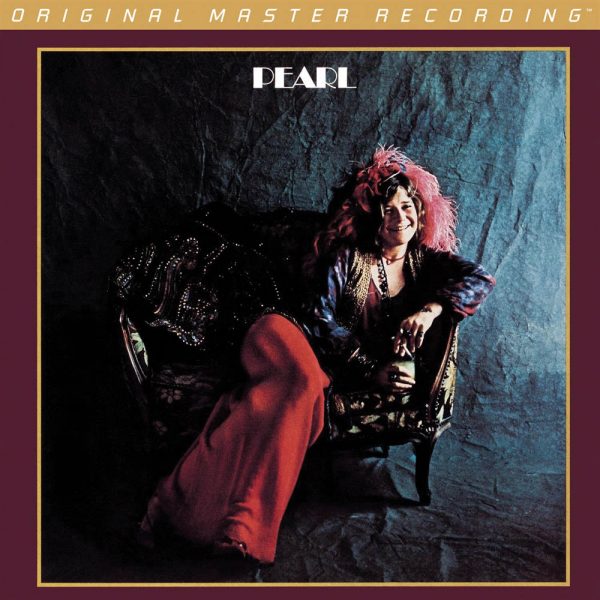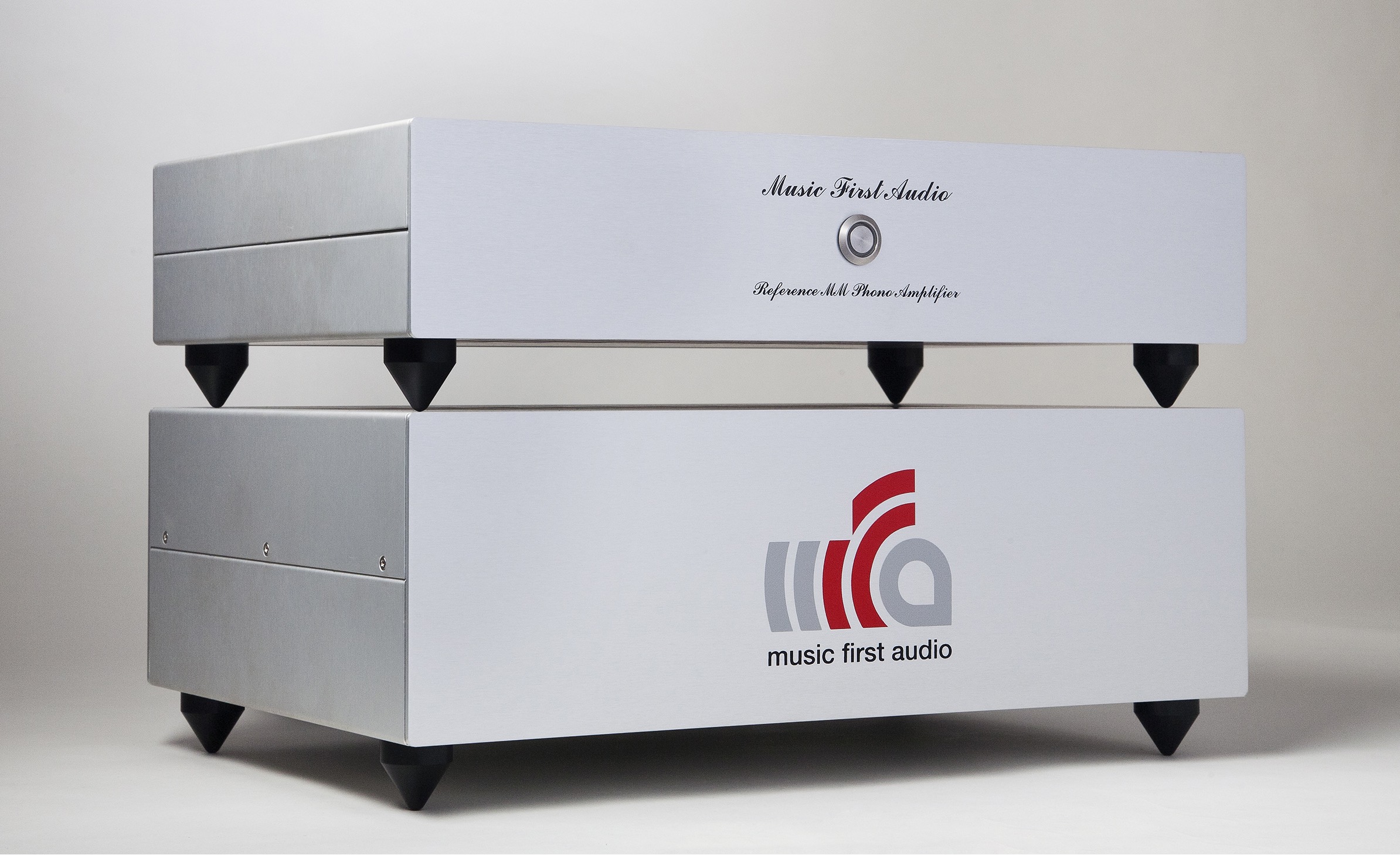I love playing with phono stages. I guess it all goes back to my childhood spending hours of love and devotion getting the right weight and bias on my Trio KD1033’s S- shaped arm, and then getting excited when I added the ADC magnesium headshell. No one had heard of carbon then. And the idea of having a separate phono-stage was unheard of until NAD brought out their PP1. Of course no one would dream of using an OEM phono-stage inside their amplifier now. Since my very first PP1 and PP2 I have tried everything, from NAD, Cambridge Audio, Creek, Musical Fidelity, Graham Slee, Manley and now testing this Music First Audio offering. If you get where this is all going, you can see my taste has been getting more audiophile, and expensive.
Whilst my original KD1033 has since gone and met its maker in the tip (well, actually I think I sold it in 1983) my turntables have similarly rotated like my phono stages. Whilst my personal museum has about 20 including five wind ups and BSR, 4 Garrards, 2 Philips, Thorens, Pioneer, Technics, Leak, and Transcription, it is my Townshend Rock with Merlin that does the hard grafting these days, feeding to a Manley Steelhead. The ability to adjust impedance, load capacitance and output level, and have 4 inputs and 3 outputs is something that really drew me to the Manley, and it has taken me many months and a few choices of valves to get that lifelike sound image I so desired. And now for this review I needed to disconnect it so I could try out the minimalist MFA that only has an on/off button and a 13 pin umbilical cord between the two boxes.
Let me tell you a story about two middle-aged bearded men and a dog. Firstly there was Jonathan Billington from Stevens and Billington who had created the RIAA600, a RIAA circuitry based on the use of Inductors (L), Capacitors (C) and resistors (R) making up an LCR circuitry. He later created the Moving Coil Step up and now the Moving Coil V2 Step-Up, and of course is primarily known for his TVC (Transformer Volume Control) passive preamplifiers including the Baby Reference which I reviewed recently. The other gentleman was a certain Nick Gorham, computer software designer and dog lover who was used to building his own audio equipment as a hobby. His designs then grew into a company he called Longdog Audio, and included the well-respected VDt1 high-end DAC and the £1995 MCj2 MC Phono Amplifier. In various capacities he had been working on phono-stages for over 15 years. He spent many hours walking his dogs thinking about how he was going to get that perfect phono stage. He even got asked by a friend to make the “the best phono-stage you can build”, but had to turn down the invitation fearing that there might be complications if the customer- who after all is paying for it – did not agree with his choice of components or the sound. But what it did do is stir up Nick’s passion for making the very best. Over the next many years and many, many, experiments and dog walks he arrived at a number of areas of vital importance in creating that ultimate phono stage.
Firstly, the equipment needed to be of very Low noise. This meant everywhere, not just the input stage, but especially the power supply. Next it required an accurate RIAA equalisation that needed to be matched between channels. In a way this last point was more important than the accuracy, as it can be more audibly noticeable if there is a change of tone on one leg. Therefore, the RIAA equalisation is vital in getting an accurate sound. Records have been EQ’d in this record-industry-standard curve since 1954, and it is imperative that circuitry in the phono amplifier reshapes sounds back to a flat response. Next, it all needed a large overload margin; necessary in avoiding the effects of surface noise from escalating from a short pulse you don’t hear into a long drawn out recovery process that you certainly do! Finally, the power supplies needed to be low noise. Whilst this “wish list” is easy to write down on a piece of paper, getting all these options in a single product a reality isn’t! For example, large overload margins are best done with valves, but that can make creating a low-noise product that much harder. Nick believes low impedance RIAA equalisation sounds better than high impedance, giving it more life and “spirit” to the sound. Whilst low distortion is important, what is actually more important is that it is at a constant level across the whole frequency band. Again, using valves in the design make this harder, but the end result is better. Now whilst Nick could design everything he needed to create that perfect phonostage at any cost, the LCR network itself was far from perfect. The matching was too ‘loose’ and the RIAA equalisation was not accurate enough. So he asked Jonathan to help him create the perfect RIAA LCR equaliser using his life experience of winding inductors and transformers. The original RIAA600 ‘shielding can’ from Jonathan contained two inductors and a handful of capacitors and resistors. What Nick did in the new RIAA equaliser was use two inductors in each shielding can and use external capacitors and resistors to complete the RIAA network. By having them outside the can there was more space inside, which meant he could use an air cored inductor of a larger size which reduce HF distortion, and better sounding capacitors (Mundorf and SCR teflon) that would otherwise not fit inside. Finally, it allowed him to trim the resistor values to obtain better matches. Immediately the channel matching was fixed, as was the RIAA accuracy. Nick won’t mind me saying that he is a designer rather than a business man, and so he decided to leave that side to Jonathan. Whilst the design is recognisably Longdog Audio, with its cone shaped feet and on-off button mid centre, it is very clearly labelled as Music First Audio.
To the phono-stage in question, it is a two box affair, with a power supply in one case and the phono-stage itself in the other, both linked by 12-pin loom. Both look absolutely gorgeous with the front aluminium panel flush with all four sides of the box-proper. To be able to do that well is a work of art in itself. Where the phono-box is very colourfully labelled with the clever MFA logo, the power supply unit has a very reserved italic font labelling. If they sit on top of each other that might not be a problem, but for me sitting the units on separate shelves I would like them to match. I am a woman after all.
As Nick told me; “The requirements were for low noise, high gain, long life, and high ‘trans-conductance’ (it notices the very small signals from the cartridge, giving what the late Allen Wright described as ‘downward dynamic range’). None of the traditional valves used in phono-stages met that requirement. The solution was a valve that came from the last days of valve design, and was
made for the telecommunication industry where the aim was ‘performance’
over ‘price’. One obvious candidate I had used many times before, the
Siemens d3a pentode, a wonderful valve, fitted all the requirements. So I used that for the first stage”.
Whilst that gave low noise and high gain, it could not do this at the same time as driving the LCR network. So after several more dog walks (he tends to do most of his thinking while walking the many dogs he has!) he decided on a design consisting of the d3a pentode at the front, driving a cathode follower
to drive the LCR, then a triode gain stage, then a cathode follower to
drive the output. Power came from four low noise shunt voltage regulators and inductors for the RIAA network were provided by Jonathan. On the original machine the valves were only just able to drive the LCR, so headroom was limited as was channel matching. So, after a few more dog walks he came up with using a 5687 dual triode to drive the LCR and output stage and a 6072a dual triode triode as the second voltage amplifier stage. As a dual-mono design all this is then repeated on the other leg. The power supply box contains first stage regulators, so that what gets fed into the second box is a super smooth and quiet DC. Having an outboard power supply keeps the sensitive low-level audio electronics away from things like power transformers, which can radiate magnetic fields adding unwanted hum and mains borne noise to the audio. Indeed the whole caboodle is housed in a non-ferrous aluminium casework, and all of it built in the UK. The main second box has two sets of green LEDs set on the PCB that glow nicely out through the vents on the top, putting to shame the light from the valves themselves, and something which I really did enjoy seeing. These LEDs do, however, have a purpose being a reference point to show that the unit is being fed a constant current source.
As MC cartridges generate a smaller voltage than the MM phono-stage being reviewed, a single ratio step up transformer was provided to get the output from myOrtofon Kontrupunkt b high enough. Jonathan kindly provided me with their single ratio step-up transformer at £1,440 especially wound for my cartridge at 1:10 winding ratio. That means that the 47kΩ cartridge would see the transformer’s load divided by the transformer’s ratio squared giving a load to the cartridge of 470ohms. There was a 6 position switch on the front to select between different load values, effectively selecting between resistors on the secondary of 20KΩ, 30KΩ, 40kΩ, 60kΩ, 80kΩ and open circuit. Ortofon recommend the Kontrupunkt b has load impedance set between 50-200 ohms, and in my listening test I preferred setting the step up at 30KΩ meaning I had a load impedance of 183 ohms. On the rear are input and output RCA sockets, an earth connection, and a three way switch. The latter allows for three alternatives to how the input earth is connected to the output. In position 1 it directly connects output ground to input ground. In the middle it is lifted completely, and in third position it connected but with a 15Ω resistor. I used position 1.
Now for the best bit. There is nothing quite as musical and easy to listen to as vinyl, and it excites me more to get the record out of the sleeve, clean it and put it on, than it is to turn on some 24/192 file from my pc. With Krell/MFA/MFA-Longdog Audio, vinyl provided by Townshend Rock/Rega/Kontrupunkt b, and cabling from Ecosse, Townshend and Synergistic Research, listening could begin. Turning on the phono stage, the blue on-off switch flashed at me for some thirty seconds whilst all inside was optimised ready for playing. My Manley Steelhead was accurate and musical but it could still sound a little too butch, even after my mods. However, with the MFA-Longdog Audio phono-stage there was immediately a sense of passion, purpose and pizazz, and nothing OTT. Interestingly, I had expected some buzz as there is no earth linkage from the Townshend Rock, but this unit was silent as my phone has to be at work. Goldfrapp “Theq” (Tales are Us) had a compellingly strong bass beat and a quick decay to almost silence between phrases. This track has a wide dynamic range for vinyl and the loudest sounds can be quite hard to track. This combination did it with aplomb. There was no hint of angst and it was still exciting. Schumann Symphony No 3 Op 97 opening movement (Zubin Mehta, Vienna Philharmonic, Decca SXDL 7555), is a forceful and serious symphony that I have played in orchestras many a time, which can be a little daunting to listen at high level. The MFA allowed the horns to play their hearts out for England, I mean Vienna, as loud as they possibly could. No amount of energy from the brass could fox the phono-stage. Dynamic range and stereo spread from this album was better than ever, with no signs of noise floor from either the turntable or this phono-stage. Nothing was rushed, but every instrument played in their correct place and time.
The opening bass groans in David Gilmour’s ‘Castellorizon’ from “On an Island” set the stage for quite some amazing music of guitar solos and synth-string backing tracks. Only once or twice did the music show any signs of tormenting this kit. The thunder at the end of track was all there but not pushed. Stereo spread was very fluid and the ride cymbal was only slightly drowned out within the melee of layers. Through the Manley it was less polite with a more forward soundstage, and scratches were very prominent on this well used vinyl, far more noticeable than on the MFA, even though there was no loss of top-end frequencies, all indicating the large overload margin on the machine under review; this phono-stage was far less bothered with the excessive differences in sound level that the ‘scratches’ induce in the system. It all reminded me of the Garrard machine we used to use at the BBC in the 1980’s to hide the snap, crackle and pop, though if I remember that one also played about with the dynamic range of the music and dull the tops. Through the MFA the soundstage was very wide and very musical, and not in my face. Those who know me and my theories on Pink Floyd will know my insistence that nearly everything is in E, and the constant bass boom on David’s album, particularly the first inversion of E minor (with a bass ‘G’) in this opening was more pronounced in the Manley. ‘Take a Breath’ also in E, with its horrible hi-Q EQ setting of the vocal, which makes him sound like he’s talking through a squawk box, is more pronounced in the MFA than the Manley, which did worry me a little, as the Manley dishevelled the component sounds into their constituent sounds making it actually easier to digest. Overall, though, I found the wider soundstage in the MFA preferable to my Manley, though the clearer top end in the latter was something that produced a more exciting sound. The saxophone in ‘Red Sky at Night moved about the soundstage with passion as the strings accompanied it at the extremes of the soundstage. This was heaven. In the Manley I was always slightly on edge.
Dave Brubeck’s direct cut disc ‘A Cut Above’, “Unisphere” gave a clear top end on the cymbals shimmering away like silk with the piano and synth conversation forming the melodic lines, only getting carried away into an argument at the end. The phono-stage made it all sound quite nonchalant, with no hint of urgency or unease. On the Manley, while the cymbals were more forward the conversation was more argumentative. The loudest phrases sounded slightly compressed as if it wasn’t able to cope. “Three to Get ready” decay of sounds gave a clear rendition through the MFA with no hint of struggle. The £7,000 Manley is no slouch though, and I still prefer this to most of the competition out there, but what drew me to the Music First phono-stage was the tranquillity and transparency in all it produced. This machine had six gears and no overdrive, and it was just as happy with classical as it was jazz or heavy rock.
Conclusion
So, at £9840 plus the single ratio step-up transformer at £1,440 for moving coil this is a serious well-designed piece of kit. Not for the wallet-shy audiophile, it is designed with a “cost is no problem” philosophy, clearly shown not only in its component choice and the sound, but also in the way it has all been packaged. This is a product of love, patience and wisdom and it deserves to be listened to, respected and loved. I loved it, I really did! The bass is extended compared with all others I have heard at any price, and sound is very big, bold and very vibrant, though nothing is too bright, or compressed, or unnatural. Everything has been masterfully been put just in its rightful place. If I have to find any grumble it is in the top end, which was just a tad too tidy, though nothing was lacking. So in a way this big baby is a bit like a child that never cries or wets itself. Some might find that boring, but being a parent myself a perfect little baby like this one would make me very proud. Nick and Jonathan should be very proud.
 Sound Quality – 8.9/10
Sound Quality – 8.9/10
Value for Money – 8.6/10
Build Quality – 8.9/10
Overall – 8.8/10

